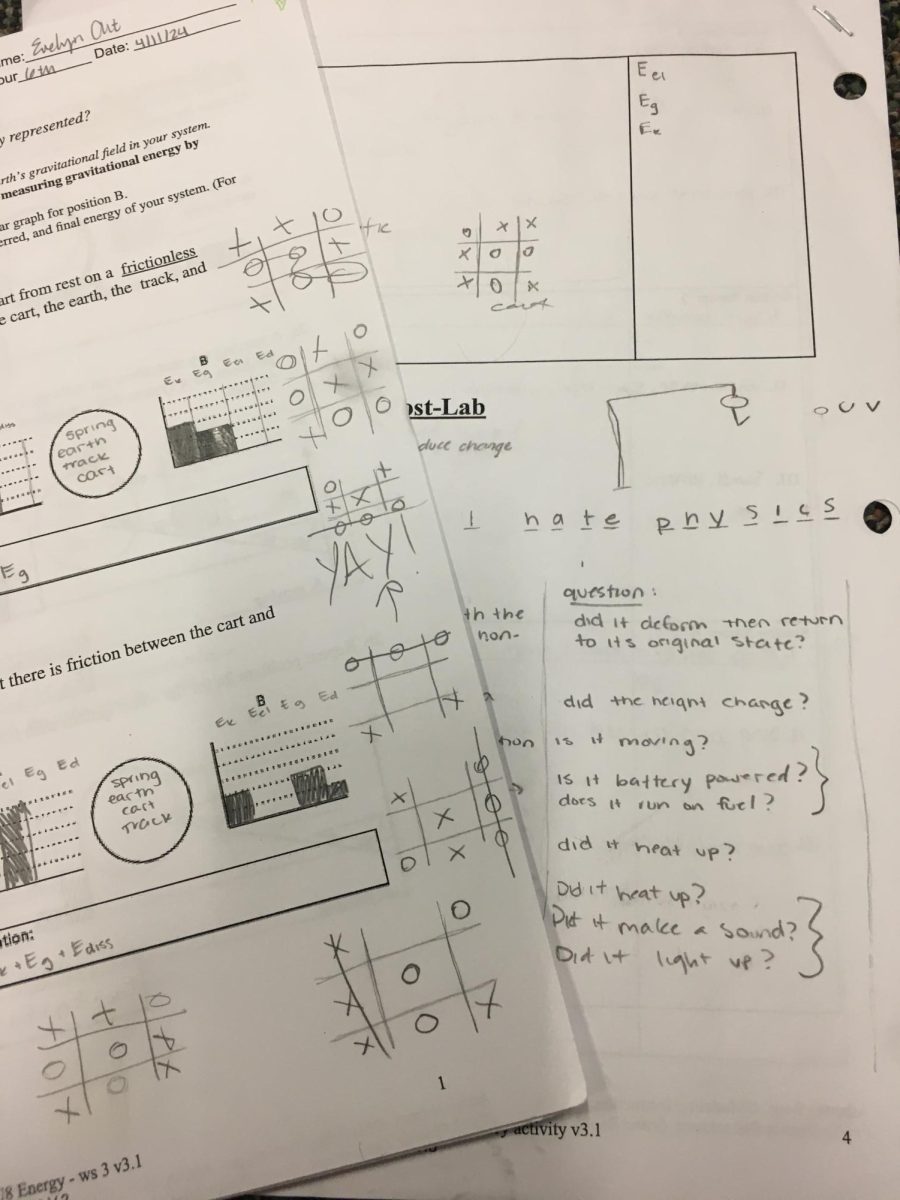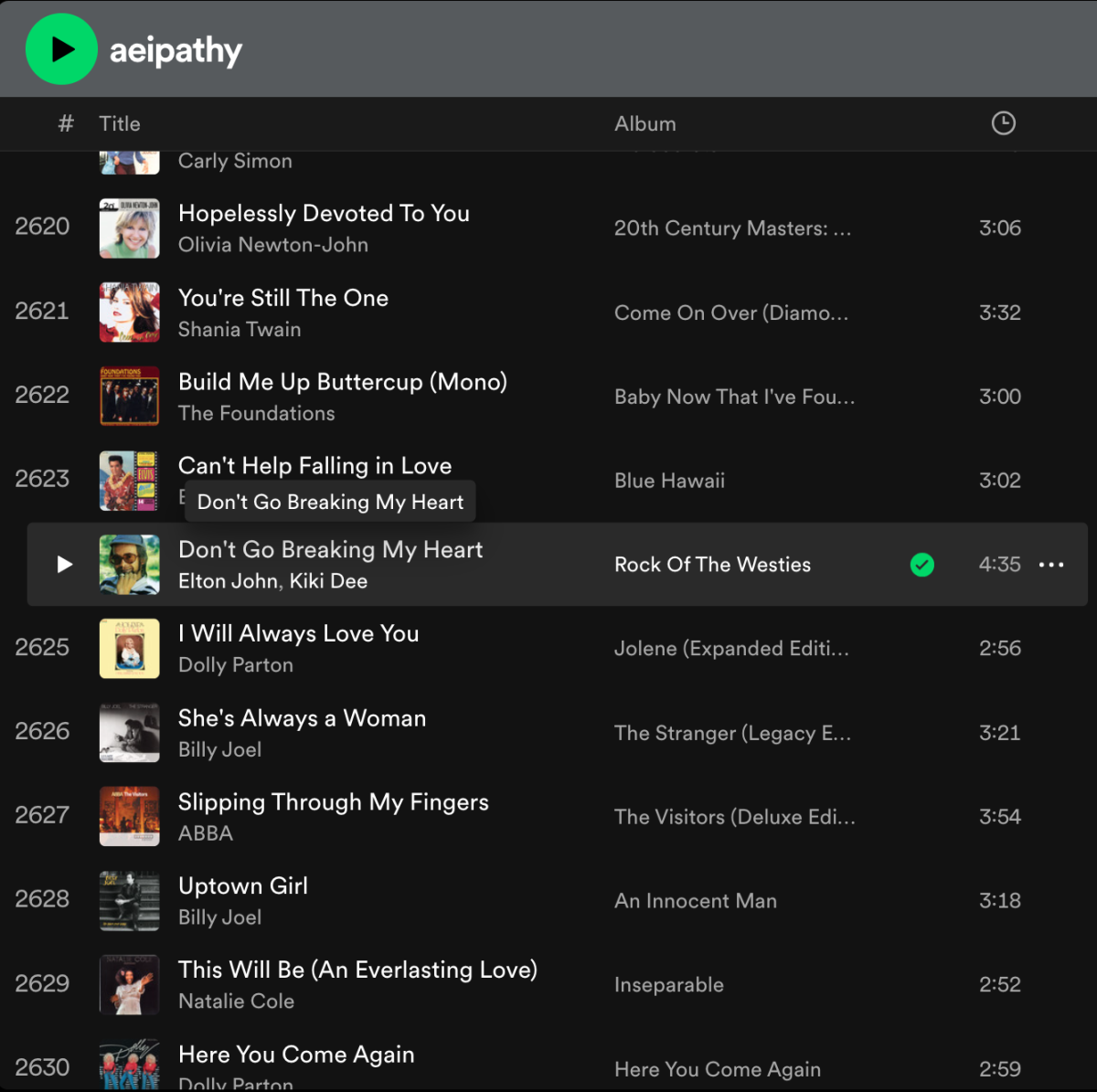Although ability grouping is largely beneficial, student voice is required to bring learning to its full potential

More stories from Lauren Brace
When considering what ability grouping method to implement, the top priority should be the growing knowledge and excitement of students.
Back in 5th grade, I would desperately hope for my pre-assessments in math to come back with a circled star in the top right corner, meaning I could optionally skip the lessons and instead work on more advanced math concepts. With every challenge, I was giddy with excitement—I was the strange kid who did extra math problems and researched high-school-level concepts for fun.
No matter the problem, I craved challenges to expand my knowledge and skill set, and this line of thinking has traveled with me throughout my school career. I still push myself to dig deeper into classroom content and extend my abilities beyond the rubric, but my enthusiasm for it no longer looks the same.
From a young age, students are sorted into intelligence groups through a variety of methods. These include cluster groups, pull-out programs, and specialty schools. Each strategy removes students that perform higher on tests from the standard curriculum and places them into a more accelerated form of study, and while they have proven to be largely successful, they are not without flaws.
Continuing to evolve, ability-grouping strategies have adapted into some of the forms previously mentioned. Still, there are improvements to be made and teaching styles that require updates.
One of the earliest forms of ability grouping was known as XYZ classes, where students who tested in the top 20% fell into the “X” category, the middle 60% became the “Y” distinction, and the lower 20% ended up in the “Z” level classes. According to studies from The National Research Center of the Gifted and Talented, this method was only minimally effective due to the lack of curriculum adjustment to fit the needs of each classification.
Continuing to evolve, ability-grouping strategies have adapted into some of the forms previously mentioned. Still, there are improvements to be made and teaching styles that require updates.
For example, some argue that intelligence grouping is a cycle of flawed reasoning. The tests used to distinguish high-performing students can only cover a small portion of their abilities, and too many factors can influence the results of these exams.
Further problems arise when grouping creates an unhealthy level of competition and separates students into categories at an early age that can be difficult to escape from. Students in the top 20% feel pressured to remain at the top; anything below the best is a failure. Meanwhile, students in lower or “regular” paced classes are led to believe that they aren’t capable of achieving more or that the work isn’t worth the reward.
Efforts have been made to accommodate the individual needs of students, but more research in this field is necessary to provide the best education across all schools for future generations. Ultimately, work done in the classroom is meant to enrich students, excite them, and foster success for their futures; however, some outdated habits are preventing these three goals from reaching their full potential.
When grouping students, it may be useful to understand how different methods impact the students from their perspective. No matter what, it can’t hurt if students have a voice in their own learning.
Overall, ability grouping is a useful tool to allow students to work at a pace they’re happier with, but the system is far from perfect. I know my time spent in the small group room working ahead in math included some of my favorite 5th-grade memories, but this also caused me to spiral into a perfectionist mindset that remains a challenge to overcome.
Going forward, students should have dedicated time to express the modifications they would like in their own learning pace and style instead of being thrown into whatever group a test score dictates.

Lauren is a senior entering her final year on The Central Trend as Podcast Manager. She has a strong passion for every extracurricular she's involved in,...


























































































